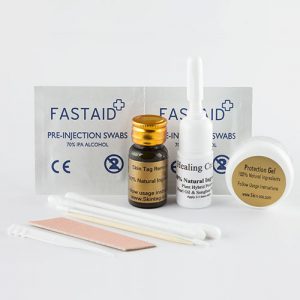A skin tag is a common outgrowth on the skin that appears after blood vessels and collagen are trapped against thick bits of skin. They appear darker or redder than other parts of the skin and it is this phenomenon that makes them unpleasant and irritating both to the person who has them as well as to the others who physically interact with him or her. Therefore, skin tag removal, you bet, is often set out as a priority especially to those who have them.
There are many methods to apply in skin tag removal. Some of them can simply be carried out at home, while others can only be done by a dermatologist. Among the simplest one are the most natural ones that involve application of herbs or tree saps.
Take for example the use of tea tree oil in skin tag removal. To do this, simply soak a piece of cotton wool in water, add a few drops of the oil and rub it on the skin tag. After that, repeat this procedure three times a day for about three days until the skin tag disintegrates and comes off. This is a very good method in terms of very minimal effect to the healthy skin around the tag. In fact, there is no part of the healthy skin that is affected at all.
Another skin tag removal method that can easily be applied at home is the use of a string or duct tape. It is tied tightly around the skin tag and left for about two days, after which the skin tag is going to automatically fall off due the cells within it dying after cut off of blood supply.
Electrolysis is another option. It entails a dermatologist or a surgeon using a needle that passes an electric current into the skin tag to instantly kill the cell tissue.
One could also opt for cryotherapy as a skin tag removal method. This involves the use of liquid nitrogen to freeze the skin tag and eventually kill all the cells within it, after which it detaches from the skin.
A widely employed method is a simple surgery, usually done using a cutting tool such as a blade, a knife, a pair or scissors or simply nail clippers. However, it has to be properly sterilized to avoid any infections. The actual cutting of the skin tag should then be carried out carefully to ensure its complete removal as well as to avoid injury on the healthy skin. A little bleeding is expected to occur during the procedure but a piece of disinfected cotton wool is bound to take care of this.

